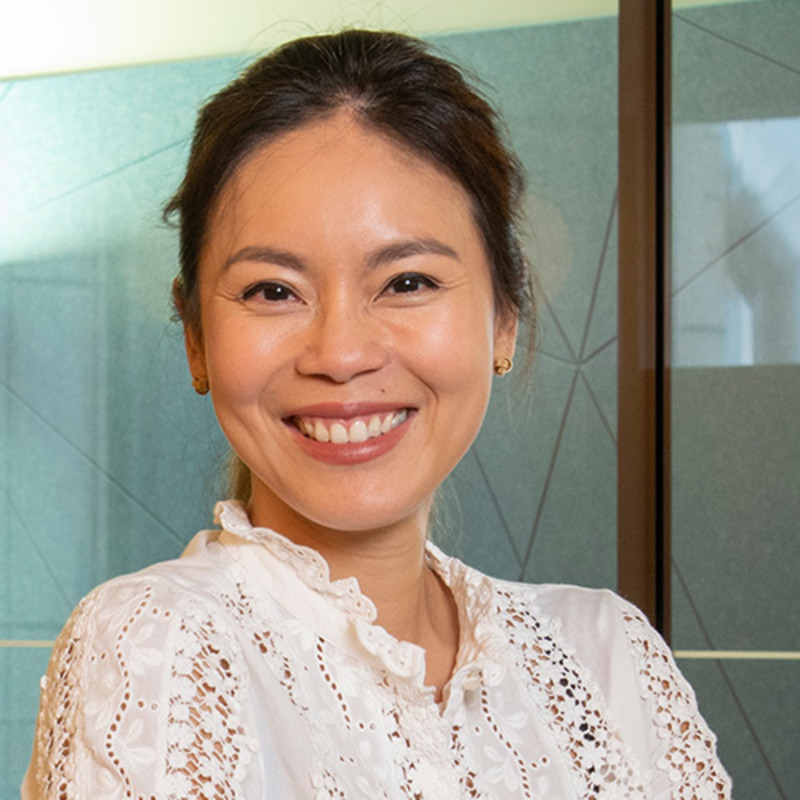Key points
- Investing in structural winners along the water value chain, including water efficiency solutions, wastewater treatment, and water infrastructure
- Increasing pressure on water resources creates an urgent need for solutions that help to mitigate water scarcity and contribute to clean, safe and sustainable water supply
- Strong tailwinds from government and corporate commitments to combat water scarcity, stricter environmental standards and increased focus and awareness on sustainable development
About this fund
Robeco Sustainable Water is an actively managed fund that invests globally in companies that contribute to clean, safe and sustainable water supply. This includes companies active in the fields of distribution, treatment and quality monitoring of water, that enable efficiency gains for more economical water use, more and better wastewater treatment and improved water infrastructure and quality. The selection of these stocks is based on fundamental analysis. The fund has sustainable investment as its objective, within the meaning of Article 9 of the Regulation (EU) 2019/2088 of 27 November 2019 on Sustainability-related disclosures in the financial sector. The fund's objective is also to achieve a better return than the Benchmark. The strategy integrates sustainability criteria as part of the stock selection process and through a theme-specific sustainability assessment. The portfolio is built on the basis of an eligible investment universe that includes companies whose business models contribute to the thematic investment objectives. The assessment regarding relevant SDGs uses an internally developed framework, more information on which can be obtained at www.robeco.com/si.
Key facts
| Total size of fund | CHF 2,269,303,769 |
| Size of share class | CHF 51,888,766 |
| Inception date share class | 29-10-2020 |
| 1-year performance | -0.71% |
| Dividend paying | No |
Fund manager
 Dieter Küffer CFA
Dieter Küffer CFA Jindapa (Amy) Wanner-Thavornsuk CFA
Jindapa (Amy) Wanner-Thavornsuk CFA



